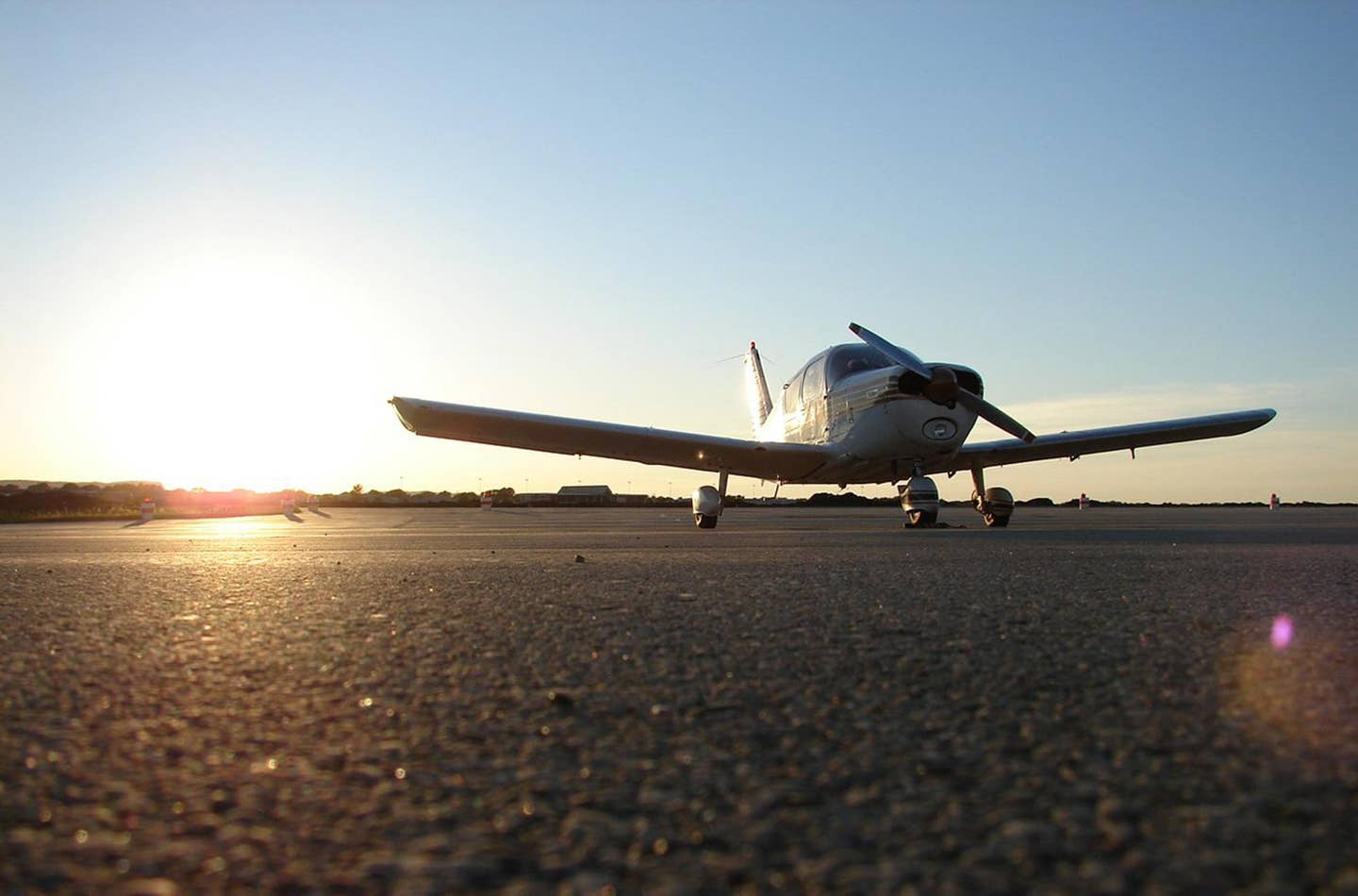Grumman Cougar Light Twin
Coming late to the twin party in 1978, the GA-7 Cougar was developed just before Grumman sold its general aviation interests to what became Gulfstream Aerospace, which actually built the…

With âpussycatâ handling qualities and good looks to boot, the Grumman Cougar had a lot going for it but arrived âlate to the party.â Photo by San Diego Air & Space Museum Archives, Public Domain, via Wikimedia Commons
Coming late to the twin party in 1978, the GA-7 Cougar was developed just before Grumman sold its general aviation interests to what became Gulfstream Aerospace, which actually built the Cougar. However, the GA-7 is usually referred to as a "Grumman" in keeping with the single-engine airplanes produced by the company's previous proprietors. Built for only two years and 110 units before Gulfstream abandoned light airplanes, the little Cougar managed to give creditable performance on a mere 160 horsepower per side.
The four-seat cabin could be reached by a wingwalk and door on the right side. The landing gear stowed with an electrically driven hydraulic powerpack, while the flaps were electric. Baggage compartments were in the nose and aft fuselage, and the rear seats could fold flat for cargo. The Cougar's full-fuel payload was minimal, thanks to 118-gallon fuel tanks that were rather superfluous given the O-320's minimal fuel consumption.
As a twin trainer, the Cougar had a lot going for it. Its mediocre single-engine performance encouraged strict adherence to engine-out procedures to get any S/E climb at all. Yet its powerful rudder and low power delayed the Vmc encounter to below stalling speed, rendering it irrelevant. Multi-engine airplanes, even light ones, are not required to demonstrate spin recovery for certification, so one doesn't normally want to approach a stall condition, let alone one with asymmetric power. Not so with the GA-7.
The Cougar was a pussycat to fly and teach in, with none of the single-engine fixed-gear Grummans' sliding-canopies and swiveling-nosegear quirks. It's too bad more of them weren't built. It could have been a great foundation for a high-performance single.

Subscribe to Our Newsletter
Get the latest Plane & Pilot Magazine stories delivered directly to your inbox






